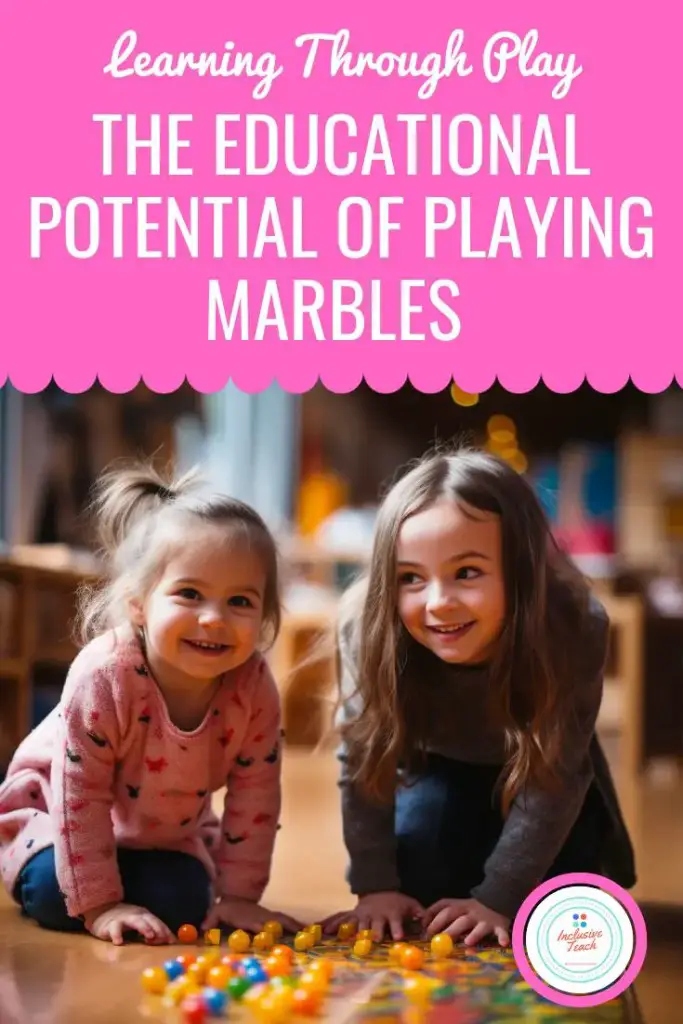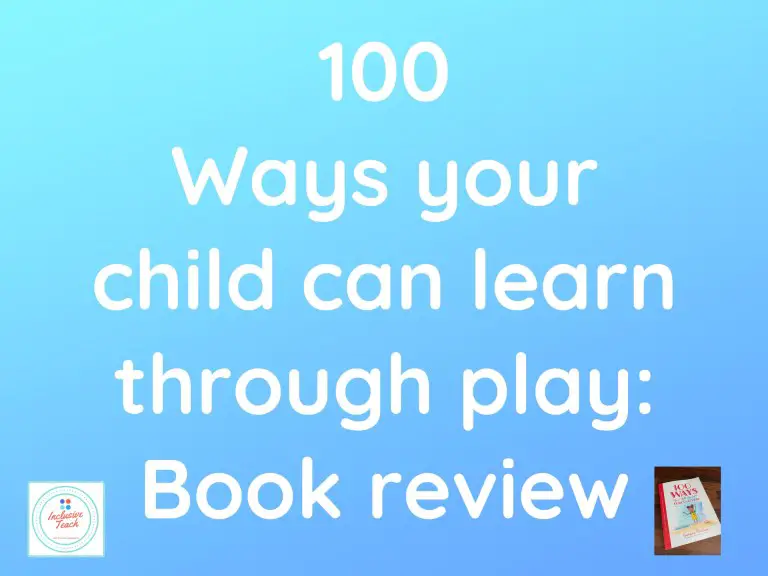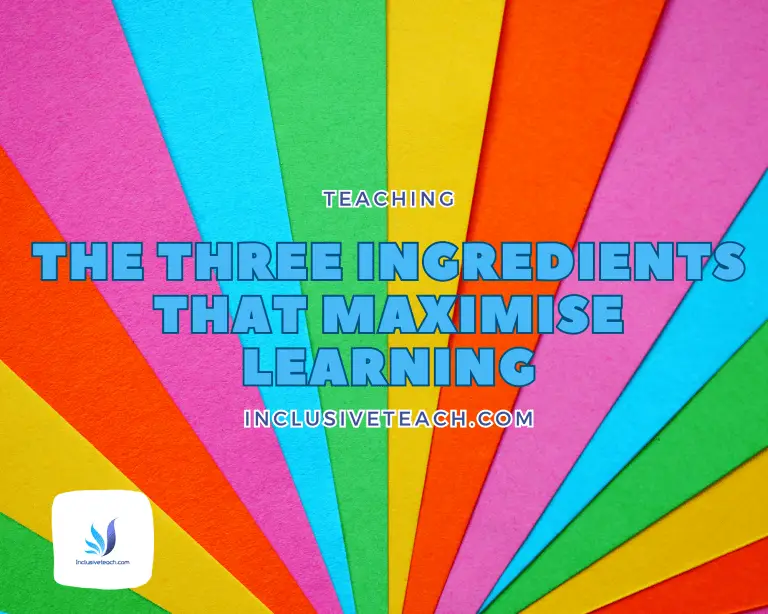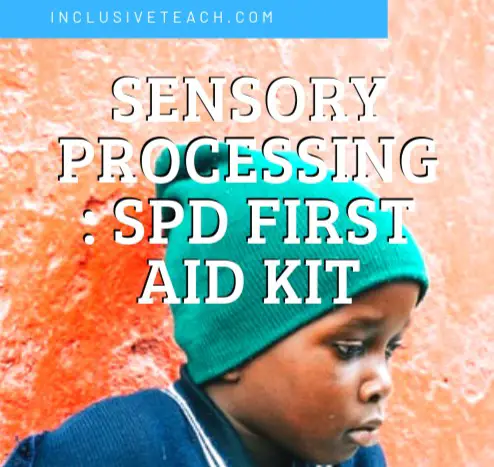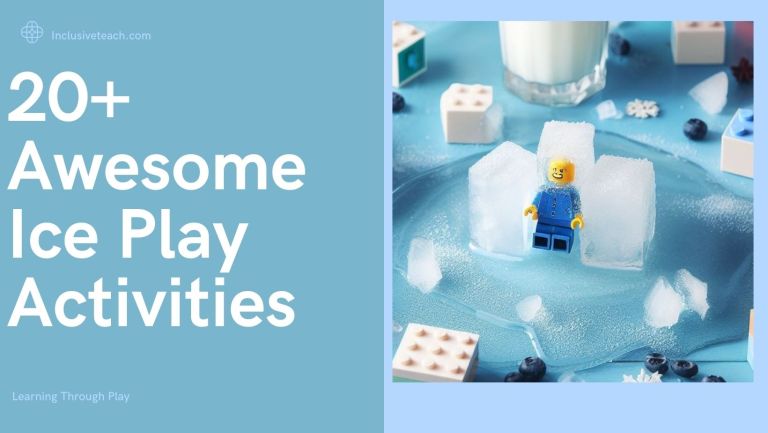Playing a Marbles Game
Playing the Game of Marbles: A Fun and Educational Activity for Children
Marbles are small, round, and colourful balls that have been around for centuries. They are not only fun to play with but also offer many educational benefits for children of all ages. In this article, we will explore some of the ways that playing the game of marbles can help children develop their cognitive, social, and motor skills.
What is the game of marbles?
The game of marbles is a simple and versatile activity that can be played by two or more players. The basic rules are as follows:
- Each player has a set of marbles, usually of different sizes and colours. One of the larger marbles is called the shooter, and the rest are called mibs.
- A circle or a ring is drawn on the ground or a flat surface. The mibs are randomly placed inside the circle or in a pattern.
- The players take turns to flick their shooter with their thumb and forefinger, aiming to hit and knock out the mibs from the circle.
- The player who knocks out the most mibs wins the game and gets to keep them.
There are many variations of the game, such as different shapes and sizes of the playing area, different scoring systems, different ways of shooting, and different types of marbles. Some examples of popular marble games are Ringer, Odd or Even, Poison, and Chinese Checkers. This post has over 20 different marble games you can play with children.
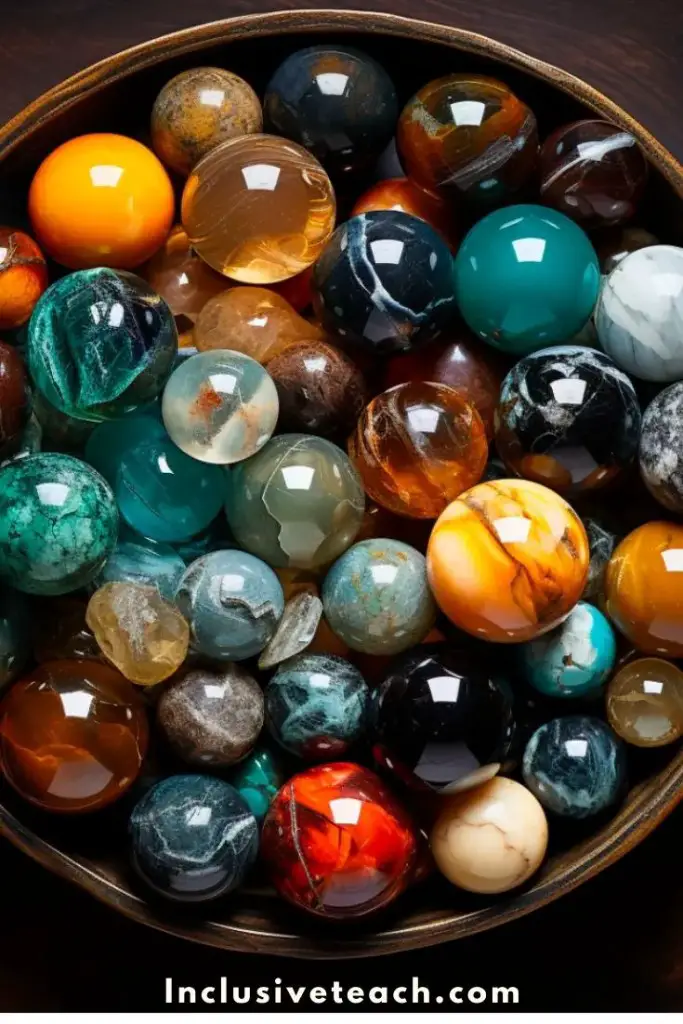
What are the educational benefits of playing the game of marbles?
Playing the game of marbles can help children learn and practice many skills that are essential for their development. Here are some of them:
- Maths skills: Marbles is a game of geometry, as it involves angles, shapes, distances, and patterns. Children can learn to estimate, measure, compare, and calculate while playing with marbles. They can also practice counting, adding, subtracting, multiplying, and dividing as they keep track of their scores and mibs.
- Science skills: Marbles is a game of physics, as it involves force, motion, friction, gravity, and inertia. Children can observe and experiment with how different factors affect the movement and behaviour of the marbles. They can also learn about concepts such as speed, acceleration, momentum, energy, and collisions.
- Language skills: Marbles is a game of communication, as it involves listening, speaking, reading, and writing. Children can learn new words and expressions related to the game, such as names of marbles, rules, strategies, and outcomes. They can also practice expressing their thoughts, feelings, opinions, and questions while playing with others.
- Social skills: Marbles is a game of cooperation, as it involves sharing, taking turns, following rules, and respecting others. Children can learn to play fairly and honestly with others, to negotiate and compromise when there are conflicts or disagreements, and to celebrate and congratulate when there are achievements or victories.
- Motor skills: Marbles is a game of coordination, as it involves using both hands and eyes to perform a task. Children can improve their fine motor skills by manipulating the small and delicate marbles with precision and accuracy. They can also improve their gross motor skills by moving around the playing area with agility and balance.
How Do I Play Marbles?
- Playing the game of marbles with your children can be a fun and rewarding experience for both of you. Here are some tips on how to make it more enjoyable and educational.
- Choose a suitable place to play. You can play indoors or outdoors, as long as you have a flat and smooth surface that is large enough for your circle or ring. You can use chalk, tape, rope, or string to mark your playing area.
- Choose appropriate marbles for your children. Make sure that the marbles are the right size for your children’s hands.
- Teach your children the basic rules and variations of the game. You can start with a simple version of the game where you just try to knock out as many mibs as possible from the circle. You can then introduce different challenges such as aiming for specific mibs or avoiding certain ones. You can also change the size or shape of the circle or ring or add obstacles or barriers inside it.
- Encourage your children to explore and experiment with the game. You can ask them questions such as “What do you think will happen if you flick your shooter harder or softer?” or “How can you make your shooter go faster or slower?” You can also suggest they try different ways of shooting such as using different fingers or different parts of their hand.
- Praise your children for their efforts and achievements. You can compliment them on their skills such as “You are very good at aiming and hitting the mibs” or “You are very fast and accurate with your shooter”. You can also celebrate their successes such as “You knocked out three mibs in one shot” or “You won the game and got all the mibs”.
Playing Marbles: An EYFS Lesson Plan
Playing marbles is a fun and engaging activity that can support children’s learning and development in various areas of the Early Years Foundation Stage (EYFS) framework, so I’ll take some of the fun out and write a lesson plan. Here is a lesson plan, should you need it, that links playing marbles to some of the learning outcomes in EYFS:
Topic: Playing marbles Age group: 4-5 years old Duration: 30 minutes Learning objectives: By the end of the lesson, the children will be able to:
- Demonstrate control and coordination in using their fingers to flick the marbles
- Identify and name different shapes, colors, and sizes of marbles
- Count and compare the number of marbles they have knocked out or collected
- Follow the rules and take turns in playing the game with others
- Express their feelings and opinions about the game and listen to others
Learning outcomes: The lesson will cover the following areas of learning and development in EYFS:
- Physical development: Moving and handling
- Mathematics: Numbers; Shape, space and measures
- Communication and language: Speaking; Listening and attention
- Personal, social and emotional development: Self-confidence and self-awareness; Managing feelings and behaviour; Making relationships
Resources: A set of marbles of different shapes, colours, and sizes; chalk or a rope to draw a circle or a ring on the ground or on a flat surface; a picture or a diagram of a marble run (optional)
Activities:
- Introduction: Explain to the children that they are going to play a game with marbles. Show them the picture or the diagram of a marble run and ask them if they know what it is and how it works. Explain that a marble run is a toy that uses gravity and physics to make marbles roll down a track or a structure. Ask them if they have ever played with a marble run or seen one before. Encourage them to share their experiences and opinions about it.
- Warm-up: Ask the children to sit in a circle and give each of them a marble. Ask them to look at their marble carefully and describe its shape, colour, and size. Then ask them to pass their marble to the person on their right and repeat the process until everyone has seen all the marbles. Ask them to compare and contrast the different marbles they have seen and identify which ones are similar or different.
- Main activity: Divide the children into pairs or small groups and give each pair or group a set of marbles, including one larger marble as the shooter. Ask them to draw a circle or a ring on the ground or on a flat surface using the chalk or the rope. Explain to them the basic rules of the game: Each player takes turns to flick their shooter with their thumb and forefinger, aiming to hit and knock out the smaller marbles from the circle. The player who knocks out the most marbles wins the game and gets to keep them. Demonstrate how to flick the shooter and let them practice before starting the game. Remind them to follow the rules and take turns in playing the game with others.
- Review: After playing the game, ask the children to count how many marbles they have knocked out or collected. Ask them to compare their numbers with their partners or other groups and see who has more or less. Ask them how they feel about playing the game and what they liked or disliked about it. Ask them what they learned from playing the game, such as how to use their fingers, how to aim, how to count, how to follow rules, how to take turns, etc. Praise them for their efforts and achievements.
Extension: If you have access to a marble run toy, you can show it to the children and let them explore how it works. You can also challenge them to create their own marble run using different materials such as cardboard tubes, plastic bottles, wooden blocks, etc. You can also introduce different variations of the game, such as changing the size or shape of the circle or ring, adding obstacles or barriers inside it, aiming for specific marbles or avoiding certain ones, etc. You can also link playing marbles to other areas of learning such as science (e.g., force, motion, friction, gravity), language (e.g., new words, expressions), art (e.g., patterns, designs), etc.
Ready To Play?
Playing the game of marbles is a fun and educational activity for children that can help them develop their cognitive, social, and motor skills. It is also a great way to bond with your children and to enjoy some quality time together. So grab some marbles and start playing today!
